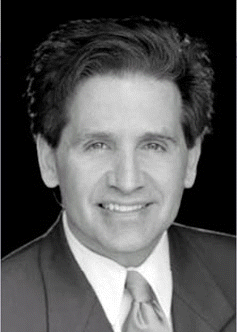Results reported in other specialties appear to demonstrate strong justification for the use of PRP. For example, patients undergoing cardiopulmonary bypass given PRP used 65% less banked blood products during their treatment; grafts for mandibular bone augmentation matured faster with PRP; diabetic foot ulcers treated with PRP were 14% to 59% more likely to heal; and patients with decubitous ulcers who were given PRP also had faster healing than those who did not receive PRP (Jrl Craniofac Surg. 2005:16(6):1043-1054). So why is the clinical evidence for using PRP in facial cosmetic surgery called into question?
Explore This Issue
June 2006Scientific Rationale for Treatment
Barry L. Eppley, MD, DMD, Professor of Plastic Surgery at Indiana University School of Medicine in Indianapolis, pointed out that there are problems with the body of clinical evidence supporting the use of platelet gel. There are different ways to isolate and prepare the platelet-rich plasma, he said. So, even though there may be some prospective trials, these are not standardized. As a result, he said, the scientific evidence [supporting use of the treatment] is not compelling.
For instance, in a recent journal study (Plast and Reconst Surg. (2004;114(6):1502-1508), Dr. Eppley conducted an analysis of platelet-rich plasma produced from blood of 10 plastic surgery patients, using a commercially available office model device. The results from this study revealed that the levels of growth factors were indeed increased in the gel preparations compared to levels in whole blood. However, the authors cautioned, the method of preparation of the gel introduces several variables, and gels produced from different devices can yield different platelet concentrations, platelet activation rates, and growth factor profiles.
Producing the Gel
PRP is usually delivered as a gel concentrate produced from the patient’s own blood. Facial plastic surgeons are probably most likely to use one of several office-based devices. Before surgery, the patient’s blood (typically 20 to 60 cc, depending on how extensive a procedure is planned) is drawn and placed into a processing vessel. The vessel is then placed in the concentrate system. After a 12 to 15 minute cycle, during which the blood is centrifuged in the device, a platelet-rich plasma concentrate is produced. At this stage, the platelet rich plasma concentrate is in an anti-coagulated state; its activation is accomplished by adding a solution of 1000 units of topical bovine thrombin per milliliter of 10% CaCl2 to the PRP. The gel is sprayed over the wound within 10 minutes of activation. There are a variety of mixing techniques: some use dual spray applicator tips that mix the platelet and thrombin solutions as they are applied. With other mixing techniques that initiate activation before application, it is important to transfer the gel quickly to the surgical site, before clot retraction, since the transferred clot may be deficient in the expressed secretory proteins.

Leave a Reply